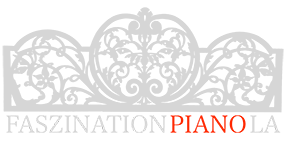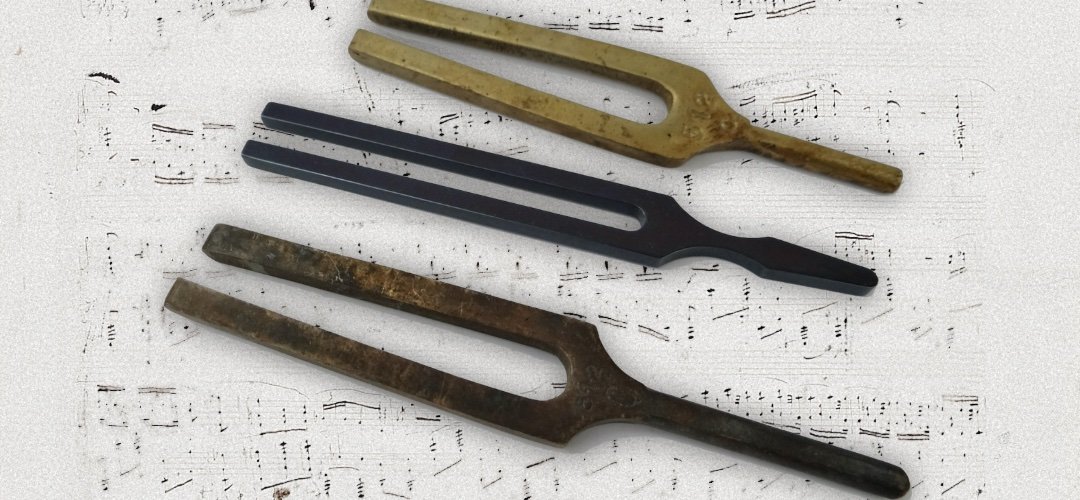Standard pitch is the standard tuning pitch that is set for a certain pitch. Until well into the 20th century, very different standard tuning pitches were found. The instrument makers made different constructions and specifications, the quality of the tuning forks for the a1 was still inconsistent up to differences of more than 10 Hertz and regional musical tastes, especially in orchestras, were different.
As early as 1834, the a1 with 440 oscillations per second was uniformly proposed at the meeting of German natural scientists and doctors. In 1858, the Paris Academy set the diapason normal - the so-called concert pitch a1- at 435HZ. The pitch (440 Hz = concert pitch a1) was not fixed until 1939 at an international tuning conference.
The so-called Parisian tuning of 409Hz was used as a reference around 1900, as found on the soundpost of early Blüthner instruments. Pianos and grand pianos from around 1910 were mostly tuned at 410-435Hz - these should not be tuned higher even today, as they are sometimes not designed for 440Hz or do not keep stable with the aging process. Often these instruments sound best at the originally intended tuning pitch.
New pianos nowadays tend to be tuned higher, at 442-444Hz, especially when the instrument is used for vocal and choral accompaniment. (Source: Wikipedia)


